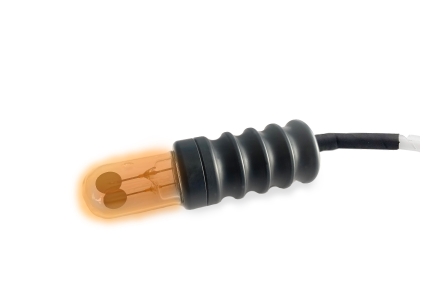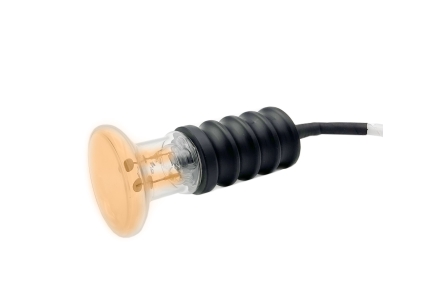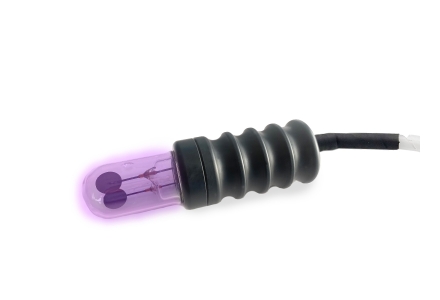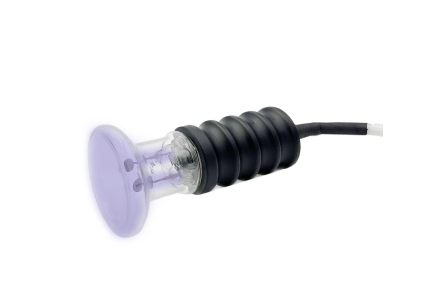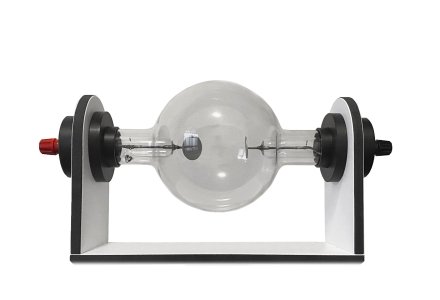
At Meditech Europe, we strive for the highest quality and effectiveness in our products. An essential component of this is the use of borosilicate glass (Pyrex) in our Rife Tubes, Rife Tubes Curved, and Rife Phanotron. This specially designed glass plays a crucial role in the performance of our products. The glass ensures that frequencies are transmitted optimally.
Why Borosilicate Glass (Pyrex) is Better than Quartz
A common question is why Meditech Europe doesn't use quartz glass for our Rife products, given its popularity in other applications. The answer is simple: there are no real advantages to using quartz in our plasma tubes. In fact, using quartz brings some important disadvantages:
Lower Mechanical Strength: Quartz glass is significantly more fragile than borosilicate glass, which means it is more likely to break under mechanical stress, potentially reducing the safety and durability of the devices.
Ozone Formation: Quartz glass allows hard ultraviolet (UV) waves to pass through, which can lead to the production of large amounts of ozone, which is toxic at high concentrations. This not only poses a health risk but can also negatively affect the performance of the device.
Cost and Workability: Quartz glass is extremely expensive and difficult to work with due to the high temperatures required to shape it. This makes it economically unattractive for producing high-quality, affordable products like our Rife tubes.
The Unique Frequency Range of Rife Tubes
Our Rife products operate within a wide frequency spectrum, carefully tuned to achieve specific effects. In a fascinating TED Talk by Anthony Holland, he discusses the incredible power of frequencies and their potential impact on microorganisms. He demonstrates how certain frequencies can even destabilize the cell structure of harmful cells.
The borosilicate glass we use in our Rife tubes plays a crucial role in transmitting these frequencies most effectively. Borosilicate glass is known for its high transmission of electromagnetic waves in the visible and near-infrared spectrum, ensuring that the desired frequencies are transmitted without interference. This is essential for maximizing the effectiveness of our Rife devices.
The Advantages of Borosilicate Glass in Rife Tubes
Borosilicate glass, especially the Pyrex brand, has unique properties that make it ideal for use in our Rife devices:
Excellent Thermal Stability: Borosilicate glass can withstand extreme temperature changes without cracking. This is crucial because Rife devices often operate at high energy levels that generate significant heat.
High Chemical Resistance: This glass is highly resistant to chemical influences, ensuring long-lasting durability and performance in various environments.
Transparency for the Right Frequencies: Unlike quartz, which allows harmful UV radiation to pass through, borosilicate glass provides better protection against unwanted waves. It enables precisely the right frequencies to pass through for the applications of our Rife products, without harmful side effects like ozone formation.
Conclusion
At Meditech Europe, we deliberately choose borosilicate glass (Pyrex) for our Rife Tubes, Rife Tubes Curved, and Rife Phanotron. This material offers superior mechanical strength, prevents the production of toxic ozone, and is more economical to produce without compromising the quality or effectiveness of the devices. Additionally, the glass ensures optimal transmission of frequencies.
By choosing borosilicate glass, we ensure that our Rife products are not only reliable and effective but also safe and durable, allowing us to provide our customers with the highest quality in every treatment they perform with our products.
Want to know more? We can always be reached at info@meditecheurope.nl.
